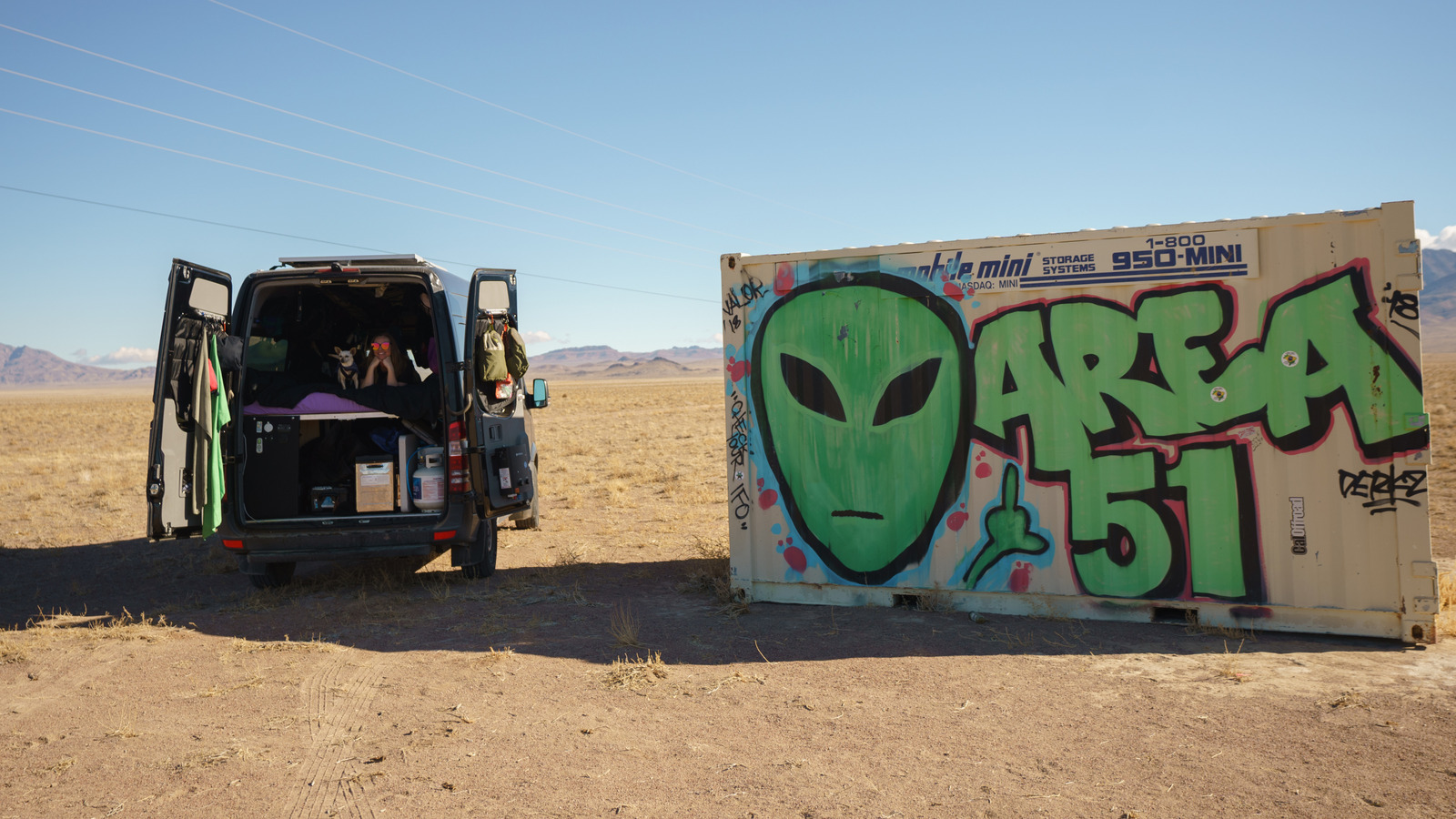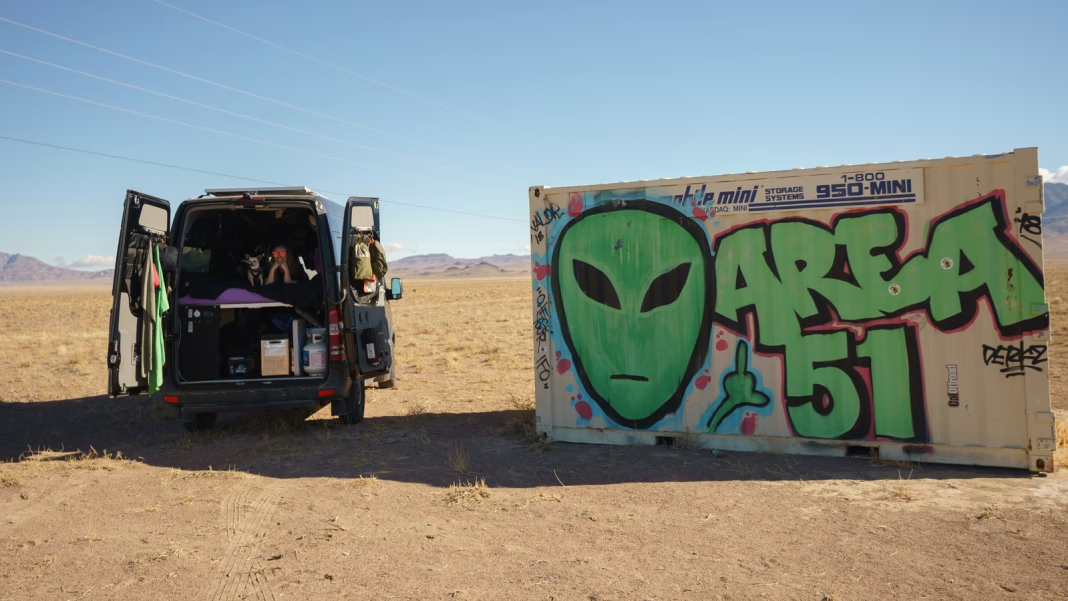Why Do Conspiracy Theories Persist Even After Being Debunked?
Ever notice how, no matter how thoroughly a conspiracy theory gets debunked, it seems to bounce right back—sometimes with even more energy than before? You’re not alone. Psychologists and sociologists have been puzzling over this for years. The short answer: it’s not just about facts. It’s about trust, identity, and the way our brains are wired to seek patterns—even where none exist.
What Happens When a Conspiracy Theory Is Debunked?
Let’s say a major conspiracy theory gets publicly dismantled. Experts weigh in, evidence is laid out, and the story seems to fall apart. But instead of fading away, the theory often mutates. Believers might claim the debunking itself is part of the cover-up, or they’ll introduce new “evidence” to keep the narrative alive. This process—sometimes called counter-debunking—can actually make the conspiracy feel more real to its followers.
A 2023 study published in the journal Nature Human Behaviour found that when people are deeply invested in a conspiracy, debunking can trigger a backfire effect. Rather than changing their minds, believers double down, convinced that the pushback is proof they’re onto something big.
Why Are People Drawn to Counter-Debunking?
It’s tempting to chalk it up to stubbornness, but there’s more going on. For many, conspiracy theories offer a sense of community and control in a chaotic world. When official explanations feel unsatisfying or incomplete, alternative narratives can be comforting—even empowering. If you’ve ever felt like the truth was being hidden from you, you’ll understand the appeal.
Counter-debunking also thrives on distrust of authority. According to a 2022 Pew Research Center survey, nearly 40% of Americans say they have little to no trust in government information. When trust is low, official debunkings can look suspicious, fueling the idea that “they” are trying to suppress the truth.
How Does the Internet Supercharge This Cycle?
Social media and online forums are like rocket fuel for conspiracy theories. Algorithms prioritize sensational content, which means wild claims and counter-debunkings spread faster than sober fact-checks. A single viral post can undo weeks of careful debunking in minutes.
Real-world example: In 2021, after the Pentagon released a report debunking several UFO sightings, online communities immediately spun up new theories. Some insisted the debunking was a smokescreen, while others claimed it was a deliberate distraction from “real” evidence. The conversation didn’t die—it just shifted gears.
Can Anything Break the Cycle of Debunking and Counter-Debunking?
It’s tough, but not impossible. Experts suggest that simply dumping facts on believers rarely works. What’s more effective? Engaging with empathy, asking questions, and building trust over time. Dr. Sander van der Linden, a psychologist at Cambridge University, recommends “prebunking”—teaching people how to spot misinformation before they encounter it. Think of it as a mental vaccine against bad ideas.
Another promising approach: highlight shared values and common ground. When people feel heard and respected, they’re more open to reconsidering their views. It’s not about winning an argument—it’s about opening a door.
What’s the Real-World Impact of This Never-Ending Cycle?
The stakes are higher than most people realize. Persistent conspiracy theories can erode trust in institutions, fuel polarization, and even inspire real-world harm. The World Health Organization has called misinformation a “global infodemic,” especially during crises like the COVID-19 pandemic.
But there’s hope. Communities that invest in media literacy, open dialogue, and transparent communication tend to be more resilient. It’s not about stamping out every wild idea—it’s about creating an environment where truth has a fighting chance.
The big takeaway? Debunking conspiracy theories isn’t about perfection—it’s about smarter adjustments. Start with one change this week, and you’ll likely spot the difference by month’s end.


